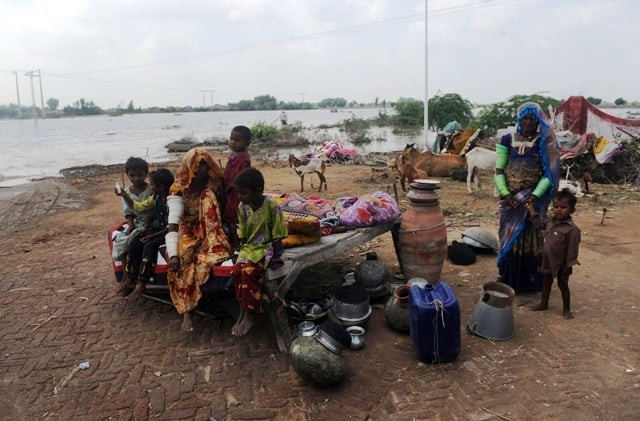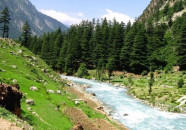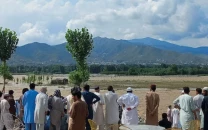Floods ravage lives, cotton crop in Sindh
Three killed, thousands effected by epidemics in flood-hit districts of Sindh.

Water has started receding from Mirpurkhas, Badin, and Nawabshah. Floodwater up to four feet is still stagnant in Tando Jan Muhammad, Pingrio, Sanghar and Samara.
(Read: FAO seeks $18.9 million for Pakistan flood relief)
Flood victims have been facing shortage of medicines, food and drinkable water.
There are reports of the local administration forcing flood victims to vacate relief camps which were established in some schools of Badin.
In some flood affected areas, the people have been drinking floodwater as a result of shortage of drinkable water there.
Pakistan textile sector affected
Pakistan’s textile sector, which accounts for over one-third of the country’s exports, has been severely affected due to damage to the cotton crop in the floods this year.
(Read: Rain plays havoc with crops, orchards)
Sindh, which is the main contributor to the country’s cotton production, faced the aftermath as floods washed away most of its harvest.
Floods have also harmed the quality of the crop as it turned dark after being submerged in the water.
The flood-ravaged areas generally experience a high trade turnover, whereas there is an obvious decline in the market.
Last year, the cotton industry had produced 35% of exports.



















COMMENTS
Comments are moderated and generally will be posted if they are on-topic and not abusive.
For more information, please see our Comments FAQ